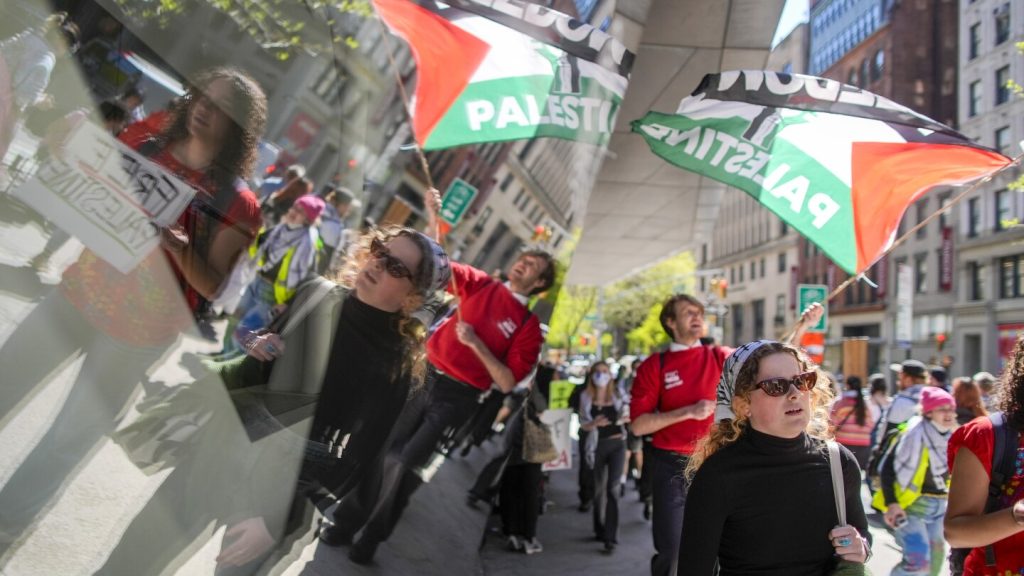“Divest from death” – the chalked slogan outside The New School in New York City represents the demand of antiwar protests on campuses for universities to divest from companies profiting from the Israel-Hamas war. This call for divestment is not new, going back decades to campaigns against investments benefiting South Africa’s apartheid rule. Recent years have seen rules barring investments in alcohol, tobacco, and gambling as schools increasingly consider environmental, social, and governance criteria in their portfolios.
With college and university endowments holding billions of dollars in assets, the focus has shifted to who controls these investments and how decisions are made. Endowments serve as a kind of perpetual savings account, with financial returns used to fund ongoing operations. Investment decisions are typically made by outside managers hired by the institutions, with limited discretion for the colleges themselves. Endowments are managed by boards of trustees and exist to benefit the institution, not current students, faculty, or alumni.
Despite calls for divestment from fossil fuel companies and now from those profiting off the Israel-Hamas conflict, the process of changing investments can be complex and time-consuming. Transparency is seen as a key principle in aligning investments with the organization’s mission, such as promoting sustainability and responsibility in the face of climate change. While calls for divestment may make moral and financial arguments, the ultimate decision lies with the governing authorities of the colleges and universities.
While student protestors across various campuses are pushing for divestment, there has been little action from schools in response. Disagreements within campus communities, particularly on issues related to support or opposition to the war, may be a reason why schools are hesitant to make changes. The debate raises questions about a university’s priorities and responsibilities, as well as the balance between maximizing financial returns and promoting social or political agendas.
Trustees are not necessarily obligated to listen to student demands for divestment, but successful campaigns have utilized various tactics to pressure institutions to divest. Students at Pomona College, for example, voted to approve a referendum calling for disclosure of investments in weapons manufacturers and companies benefitting from the Israel-Hamas conflict. School leaders and trustees have cited challenges in disclosing investments, but students argue for greater control over how endowment funds are invested to align with their values and mission.
Calls for divestment from companies profiting off the war continue to amplify on campuses, sparking debates around institutional responsibilities and decision-making processes. While the process of divestment may be complex, with investments managed by external experts, student activists and faculty are pushing for greater transparency and alignment of endowment investments with ethical principles. The ongoing dialogue on divestment highlights the power dynamics within universities’ financial decision-making and the potential for change to occur through student-led activism.


